According to Gartner, selecting a Disaster Recovery option is a complex decision and it’s easy to pick the wrong solution. Enterprises should be clear about requirements and careful about shortcuts.
You might be hesitant to rely 100% on the public cloud for your E-Business Suite, but you can migrate your disaster recovery (Disaster Recovery) and non-production workload to OCI easily.
Begin by dipping your toes into Cloud. Creating a backup of your source Oracle E-Business Suite instance is the first part of a lift and shift process.
Although this process is intended primarily for on-premises instances, you can also run the Oracle E-Business Suite Cloud Backup module to conduct a lift and shift in certain cases when the source environment is already in Oracle Cloud Infrastructure with optional database services.
Hybrid Disaster Recovery: Protecting Oracle EBS with Oracle Cloud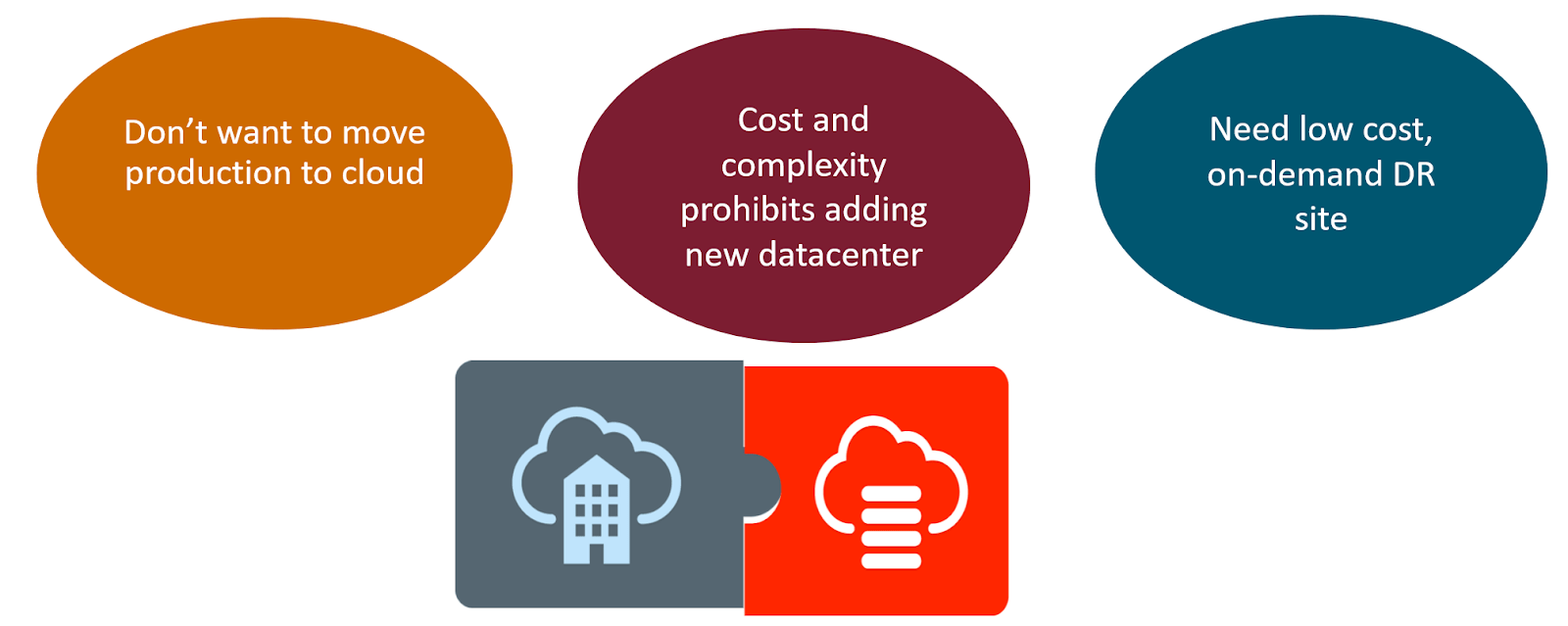
Why OCI for EBS Disaster Recovery
You can configure EBS on OCI as you want as there are various deployment options which can be considered.
When you build your own Disaster Recovery data center, there is a significant cost – most of it up-front CapEx involved, and this often stalls a project. Opting for Backup Disaster Recovery on Oracle Cloud can cut those costs by up to 30%-60%, and make the project much more practical.
If you have considered cloud for Disaster Recovery before, the problem you may have run into is, matching your on-prem infrastructure with the services available in the cloud. With Oracle OCI we can help you build a completely matching architecture in the cloud, with no changes on-prem.
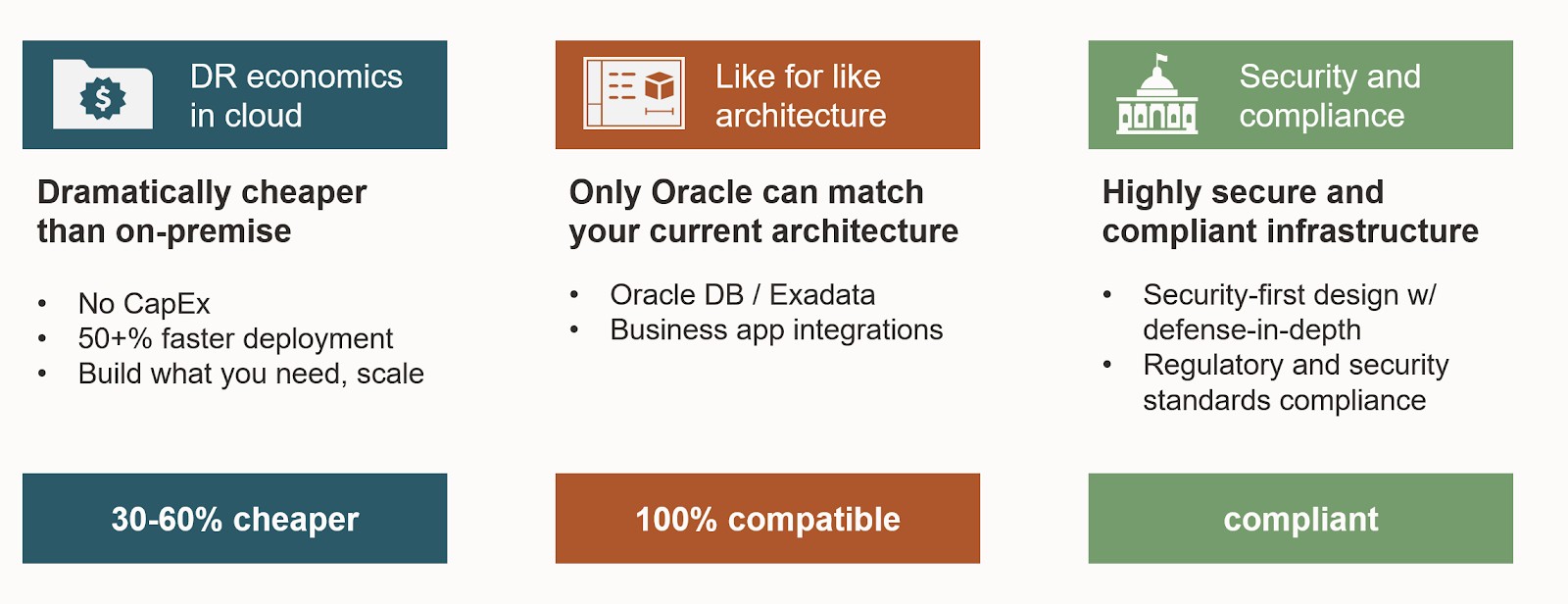
Benefits of Cloud Backup for E-Business Suite
- Cost effective protection for application, mid-tier and databases
- Protect Oracle and non-Oracle DB
- Eliminate tape cost and complexity
- On-demand scalability to petabytes
- Multiple redundant copies for highest availability
- End-to-end data encryption
High Availability & Disaster Recovery Deployment choices for EBS on OCI
Oracle Cloud Infrastructure provides flexibility in designing your Oracle E-Business Suite deployment. You have the option to deploy your EBS system in a single availability domain, across multiple availability domains, or in multiple regions depending on your business requirements.
- For high availability, deploy your Oracle E-Business Suite in a single availability domain with multiple application instances. if one instance fails, other instances can continue processing your requests.
- To further enhance availability, you can use multiple availability domains. If one domain fails, you can still access the application instances in another domain.
- For disaster recovery purposes, you can set up a second site in a different region using the multiple regions architecture. This is similar to the multiple availability domain architecture, but resources are created in a different region.
Configuration Options for Oracle E-Business Suite with Disaster Recovery
This option is a variant of the multiple node architecture. It consists of the same components, however, the database is deployed to Oracle’s Platform as a Service (PaaS).
You may subscribe to:
- DBCS (Single Instance), or
- DB Systems (Single Instance) or
- Exadata DB System for the Oracle E-Business Suite database.
You may provision a multi–node Oracle E-Business Suite environment or perform a Lift and Shift of an existing on-premises Oracle E-Business Suite Release 12.2 or 12.1.3 Environment. The use of the Lift and Shift automation provides an expedited capacity for migration with reduced risk and shorter a time period for project completion.
Just as you may use Oracle Real Application Clusters (RAC) or Data Guard for disaster recovery, you can use them in Oracle Cloud.
Full-Stack Disaster Recovery for E-Business Suite
Get a platform for system management that improves IT stability, prevent application outages, increase DevOps agility across their entire application and infrastructure portfolio:
- Reduce CapEx, OpEx and business risk
- Comprehensive protection against any unplanned or planned outage
- Disaster Recovery for apps, mid-tier and database
- Scale Disaster Recovery resources on-demand to meet production site growth
- Optimize ROI by using Disaster Recovery assets for testing, sandbox and reporting
Conclusion
You can let IT Convergence take the many critical but routine Disaster Recovery tasks off your hands, your team can focus exclusively on your strategic business opportunities. We can build, deploy, migrate and manage your E-Business suite varied environments to the cloud to cater to your business needs.
Several architecture configurations are available to match your current on-premises design. With the Oracle E-Business Suite Lift and Shift capability, moving from on-premises, operational risk has been reduced with improved success on all migrations. Oracle Cloud Infrastructure is also very cost-effective for rapid deployment and removal of test and Quality Assurance environments.
Disaster Recovery Basics
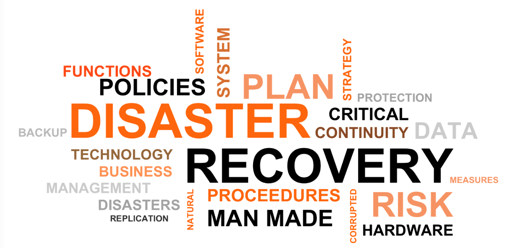
Disaster Recovery = Disaster Recovery
- Also known as business continuity
- A redundant application environment that can withstand a disaster
- Not the same as HA
Value of Disaster Recovery / Business Continuity
- For businesses that transact business through their applications, seconds of downtime can mean millions of dollars.
- Disaster Recovery and BC are often part of compliance regulations (e.g. SOX)
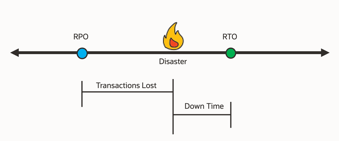 RTO = Recovery Time Objective
RTO = Recovery Time Objective
How quickly can my application be running again?
RPO = Recovery Point Objective
How many transactions can I stand to lose?
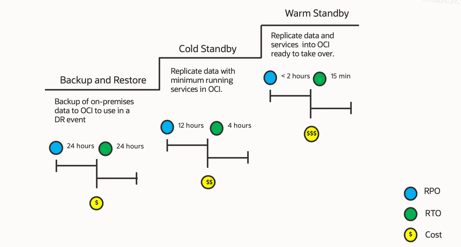
3 Disaster Recovery OPTIONS:
- Backup – Tolerate 24 hours of downtime and data loss
- Cold standby – 15 minutes data loss and 24 hours downtime
- Warm standby – Less than 15 minutes data loss and less than 15 minutes downtime

